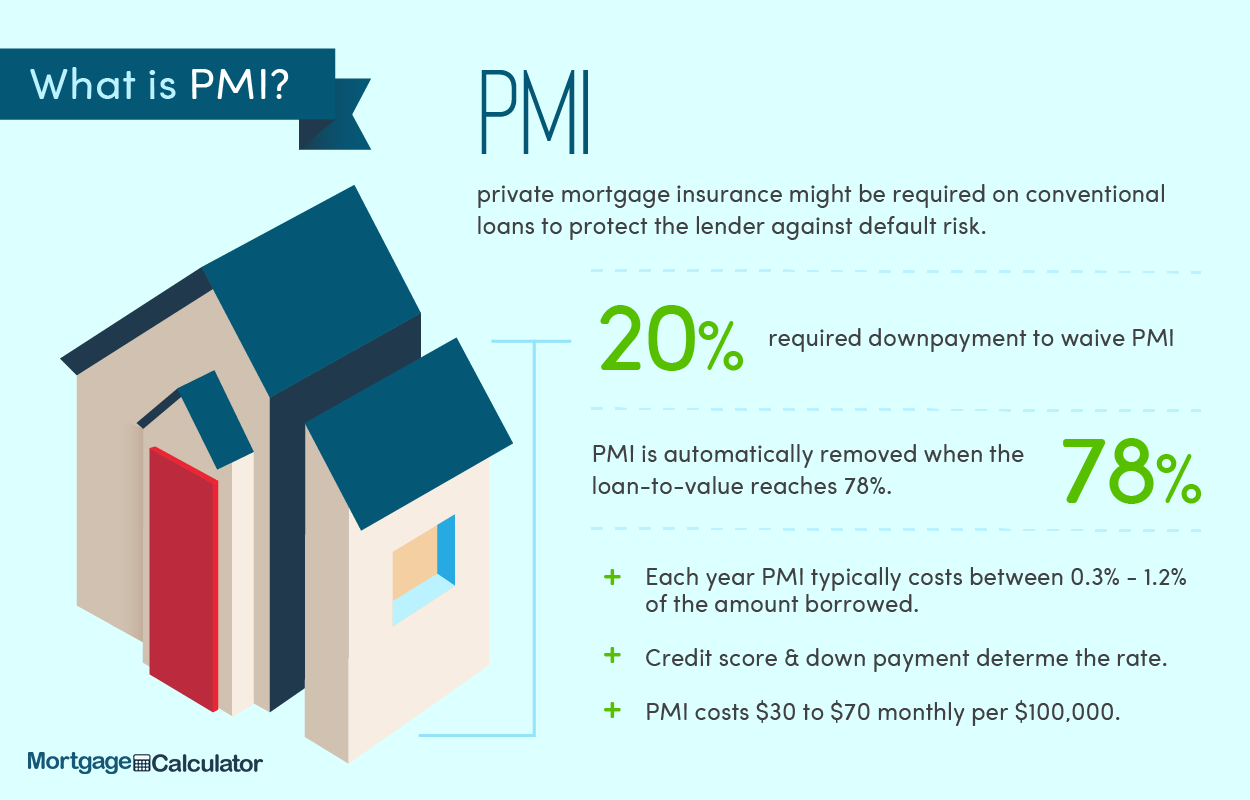

More points mean bigger savings, as illustrated in the table below. When you were borrowing the same $150,000 at that 4.27 percent conventional rate, the monthly principal and interest payment was $739.67, but by buying just one point, you’ll reduce your rate to 4.02 percent and the payment to $717.85. That can mean some serious savings over the life of the loan and a modest reduction in your monthly payment. Each point will reduce your rate by 0.125 to 0.25 percent, for the life of your loan. You can typically purchase one discount point for one percent of the cost of your mortgage, with most lenders limiting you to the purchase of three points. I know it sounds like a car dealer trying to sell you clear-coating when your mortgage lender talks to you about buying discount points, but this can be a really good way to reduce your payments if you have the extra cash to spare and will be in your home for a while. When you make your comparisons, don’t worry about the taxes or homeowner’s insurance since they’re going to be the same no matter which loan you choose, just focus on the principal, interest and any mortgage insurance. If you haven’t settled on a lender, ask several loan officers to provide you with a run down of estimated costs and your estimated monthly payment for each. Then again, if you intend to roll your closing costs into the loan, the Conventional mortgage may have more fees that you’re going to have to finance. Sure, the FHA may look good initially, but when you figure in the extra mortgage insurance you’re paying, it might not be such a great deal when compared to the Conventional mortgage. Ask your mortgage lender to provide you with documents for the different loan products that are available to you.

This one sounds simplistic, but it’s not unusual for buyers to get so caught up in the process that even the most basic steps can be easy to overlook. Look at All Your Loan Costs Before Committing

Principal and Interest Payments on $150,000 Loan Amount with Different Products Remember that an exotic mortgage is only a short-term solution - if you aren’t sure you’ll be able to refinance or sell before the rate flexes, you’re ultimately better off paying more each month and sticking with the fixed rate loan for the long haul. If you can find one, a 5/1 Interest Only loan at 3.75 percent will lower your cost to just $468.75 each month. However, if you know you’ll be selling or refinancing in the next five years, a 5/1 ARM at 3.38 percent interest drops the monthly cost of borrowing that money to just $663.56. If you intend to refinance before the fixed rate period is up on an ARM or kick in principal payments on an interest-only loan, you’ll usually come out smelling like a rose.įor example, if you’re borrowing a $150,000 conventional fixed rate loan at 4.27 percent interest, your principal and interest payment alone would be $739.67 for the life of the loan. Your payment will be significantly less with an ARM or interest-only product, but these loans carry a real risk of costing more in the long run than your fixed rate conventional loan. So, without further ado, here are my favorite tips for reducing your mortgage payment: Consider an Exotic Mortgageīuyers in today’s market are faced with a hard choice: they can buy less house today and get a fixed rate or maximize their buying power by using an exotic loan product like an adjustable rate mortgage (ARM) or interest-only loan and get as much house as they can while prices are still low. First time home buyers shouldn’t feel left out, though, I’ve got some neat tricks for getting into a home with the lowest payment possible for you, too. You may be surprised by the many places where you can save money on your existing mortgage payment without having to refinance - from homeowners insurance to taxes and even mortgage insurance, even a small change makes a big difference in the long run. Your mortgage payment is another place where you’re probably overspending without knowing it - the hundreds of dollars you could potentially save will help your budget stretch further or speed up the growth of that savings account. If you’re like most people, you’ve managed to slim your grocery budget, reduced your heating costs and eliminated those subscriptions you barely use so you can finally save a little each month.

Even though the housing market seems to be rebounding, we are still living in uncertain times and people are increasingly conscious of how much money they’re spending on necessities.


 0 kommentar(er)
0 kommentar(er)
